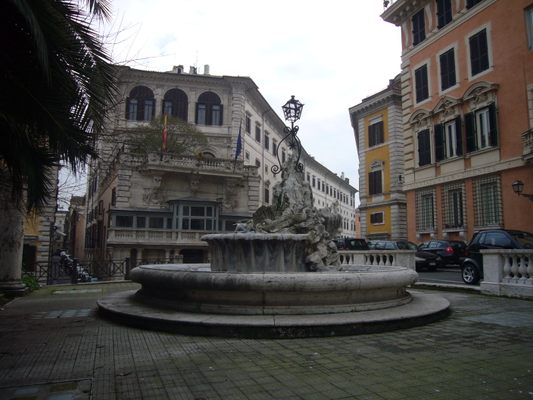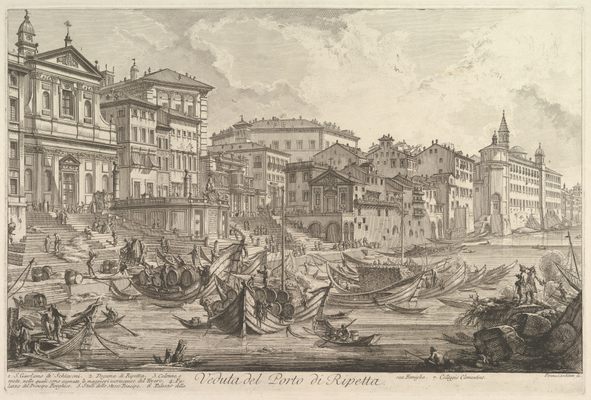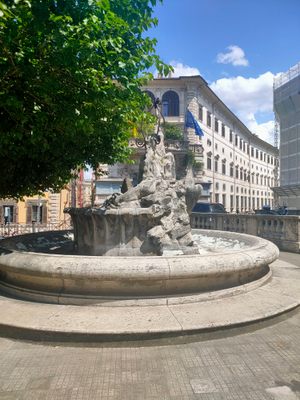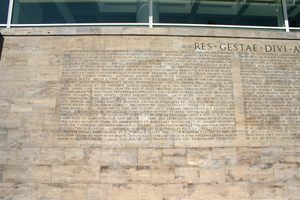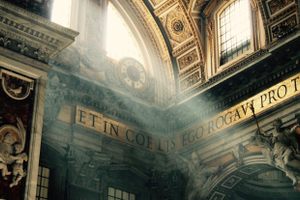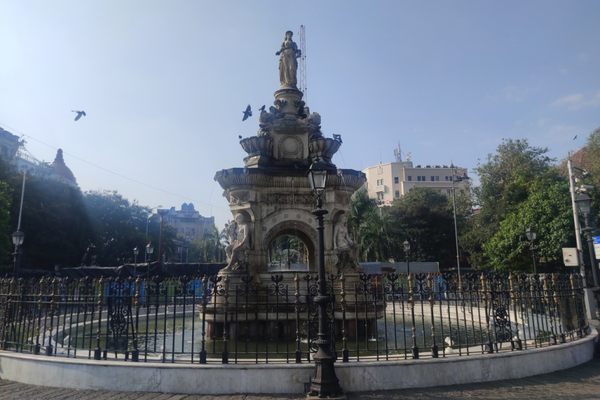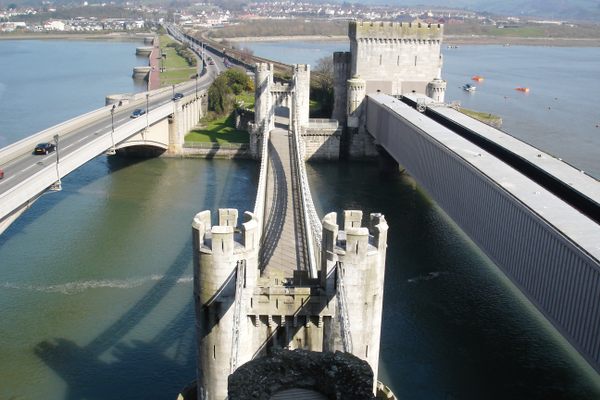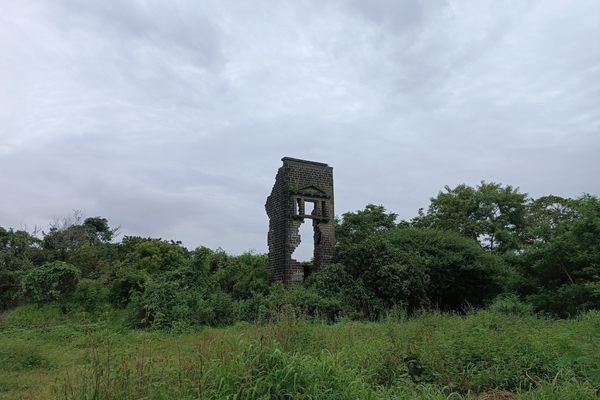About
The city of Rome had two river ports in its modern history: the Porto di Ripo Grande and the Porto di Ripetto. Though both have largely disappeared and been forgotten, a few pieces of the Porto di Ripetto remain today.
At the end of the 19th century, most of the buildings and constructions alongside the Tiber (and at the river's level) were demolished during the construction of the Lungotevere, or Tiber waterfront. Retaining walls, or muraglioni, were built to prevent overflow from the river's recurring floods. The memory of the structures that once lined the river were often only preserved in the name of roads and squares.
The Porto di Ripetta was the smaller of the two harbors, distinguished it from the Ripa Grande in Trastevere. It was a monumental but rather useless harbor built in 1704 by Pope Clement XI of the Albani family. The square facing the church was marked by a fountain crowned by the Albani star. From there, the steps descended to the river level, where two columns marked the flood stages of the ever restless Tiber.
Carlo Fontana and Alessandro Specchi were the main architects behind the project. To construct the fountain, they used a limestone called travertine that had fallen from the Colosseum during an earthquake. The fountain provided water for the pack animals who carried goods into the city. Most of the goods were delivered from upstream, rather than from the sea (since this was the function of the Ripa Grande harbor).
Over time, the insignificance of the harbor and the poor maintenance led to its decline. At the beginning of the 20th century, the old harbor's columns and fountain were moved away from the water to the Piazza del Porto di Ripetta (Square of Ripetta Harbor).
Related Tags
Flavors of Italy: Roman Carbonara, Florentine Steak & Venetian Cocktails
Savor local cuisine across Rome, Florence & Venice.
Book NowCommunity Contributors
Added By
Published
February 21, 2020




